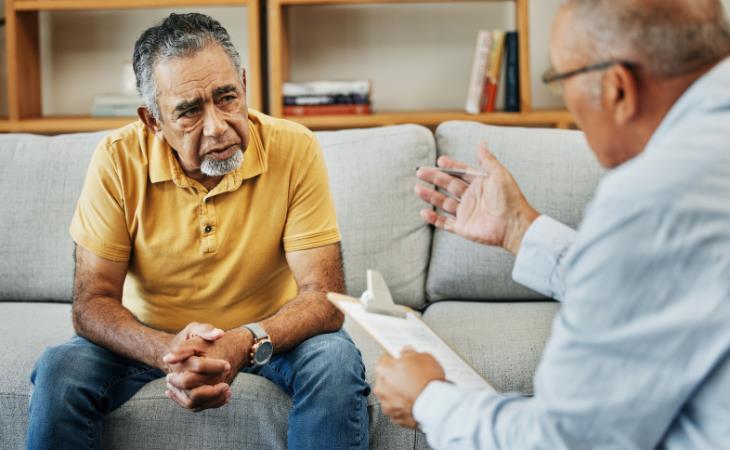
The human mind is like a maze, filled with countless experiences and emotions. Some memories bring us joy and comfort, while others can be a source of ongoing distress.
Unwanted memories have a way of sticking with us, impacting our daily lives and emotional well-being. They cling to us due to their intense emotions, making them difficult to shake off. Research shows that memories tied to strong emotions like fear or sadness are particularly resilient because the brain deeply processes them. While this resilience is a survival mechanism meant to help us avoid danger, these persistent memories can become overwhelming burdens.
Related: Suppressing Negative Memories May Weaken Them: Study
We all long to forget these unwanted memories, driven by the hope of finding peace and freedom. While completely erasing memories remains a concept reserved for science fiction, understanding how memories are formed offers potential strategies to reduce their impact.
In this article, we'll discuss a few valid practical techniques for managing and lessening the influence of unwanted memories. We hope that by doing so, we will pave the way toward a happier and more fulfilling life.


It's hard to make bad memories go away completely. Research says that finding the positive meaning of negative memories can help, but it's not right for everyone, especially if the memory is really upsetting.
Hard times can teach us things and help us grow. When you think about a bad memory, try to find something good in it. Did you learn something new? Did something positive come out of it?
Let’s say you had an argument with your son or daughter when you were out. Try to remember the happy moments you shared before the argument. Focusing on the good times can help you feel less upset, even though the upsetting thing happened.

Exposure therapy is a type of treatment that helps people with PTSD, especially those who have flashbacks or nightmares. With a therapist's guidance, people can safely face things that remind them of their trauma. This helps them learn to cope better.
One way to do exposure therapy is by thinking or talking about the upsetting event repeatedly. In some cases, therapists may suggest going to places that have been avoided due to PTSD. Studies have shown that exposure therapy works better than other treatments for reducing PTSD symptoms.
Related: The Fascinating Science of False Memories

You can try to swap out negative memories with positive ones by redirecting your focus to a happy memory when a negative one pops up. It's like hitting the brakes to avoid danger. This technique can rewire your brain. When a distressing memory comes up, consciously shift your thoughts to a happy memory. Doing this consistently can gradually weaken the emotional impact of the negative memory, making it less overpowering.
Eventually, the positive memory becomes more dominant, promoting emotional resilience and well-being. This approach, based on cognitive-behavioral therapy principles, can be a helpful tool for handling negative memories.



